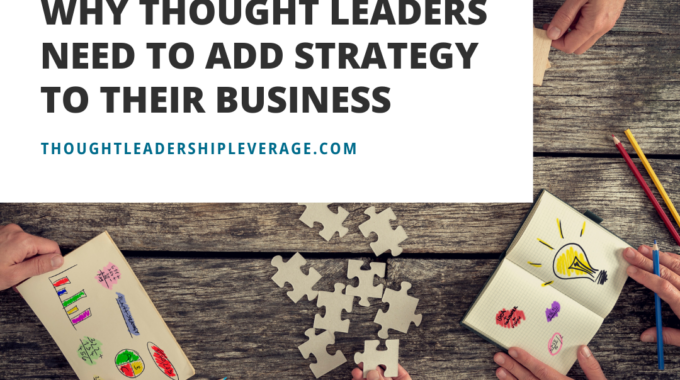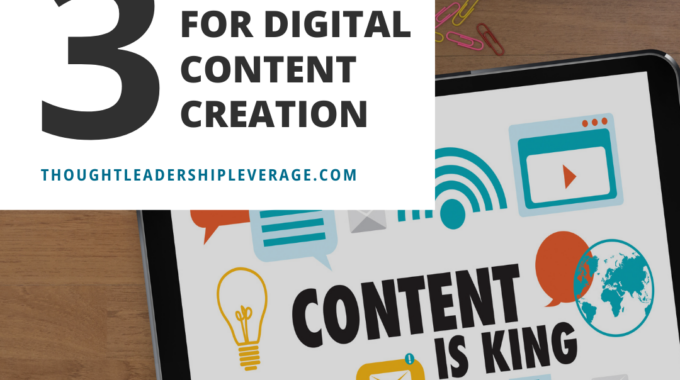Is your thought leadership strategy as solid as a rock? Let's get real—having a strategy…
Leveraging Your Book and Platform Strategically – Part 3
One of the challenges you face when considering the ways to leverage your content is that there are now more modalities than ever before that people use to consume content. The days of just reading a book or an article to gain knowledge are over. You need to be able to understand who your market is and how they prefer to consume content and then you need to make sure you can give them what they want in the format they want it.
In today’s world the answer is rarely ever one format fits all. Beta may have been a better format than the VHS tape (okay, I’m dating myself with this analogy) but if you wanted to reach audiences the smart move was to release your work in as many mediums as is logical and possible. Think of your book as Beta and all of the other options as the VHS of today.
1. Develop Video-Based Training
Develop a video library containing 6 to 10 themes that are subsets of your work. For each of these themes you should be able to come up with 5 to 10 (sometimes more) 2-5 minute video vignettes. They should be able to stand alone (although bundling a few is okay) and they don’t need to be produced in an expensive studio – in most cases you can produce them yourself with the technology that is out in the market and inexpensive.
Some of these vignettes can be given away for marketing purposes but given that they are modular you can package and bundle them to meet the needs of a client. These are often licensed to large companies for special showing on a per trained person basis or on an enterprise basis. Many companies also fund training for their clients – not just their employees.
2. Develop New Tools, Utilities and Applications
Developing tools to help drive the learning is another way to leverage your content. Tools are getting easier and cheaper to develop every day. They do not have to be mechanical or mathematical. They can be literary, colorful or artistic. Games can also be developed for use as learning tools. Make them useful and make them fun and enjoyable.
3. Reformat and Repurpose Your Content
You don’t need to create new content as often as you probably are doing it today. Once you create content it is far easier and more profitable to simply make it available in all the different ways clients will want to buy it. Create an inventory of your content, note the format it is in (articles, manuscripts, workbooks, PowerPoints, videos, etc). Reformat them. For example, take your best 5 articles and create videos from them. Take your workbooks and create a tool-kit. Write it once and make it available any way and every way your people want it available to them. Price it so that it sells.
4. Develop Your Consulting Business
In most cases the book bestows the author with a very personal process or methodology or at a minimum a distinct point of view. This is inherently embedded in the book and the author and the work he/she is capable of. Consulting is your ability to offer that perspective to help solve a specific problem for a specific client based on circumstances that exist at a specific point in time. Consultant fees should cost more than workshop training since it is not as readily scalable.
Identify the people in your target audience and offer your consulting services as a thought leader so that you may offer your input, perspective and deliver solutions on demand. Identify people who do what you do and offer them insights into how to solve the problems facing them as they seek to achieve success wherever they may be. Make use of the mobile, Internet and social media technologies so that you can communicate and perform what is needed no matter where you or they are located.
Comments (2)
Comments are closed.







This is a solid article.
Reading your document is reflective of what a manufacturing company, a retail business owner, a concession stand manager, a healthcare provider, etc. would say about the type of business they must provide to reach the unmet needs of their “customers” and ensure they’re able to achieve measurable outcomes that lead to sustaining a successful business model. Unless I’m misreading, you’re describing a business not educational institutions of old.